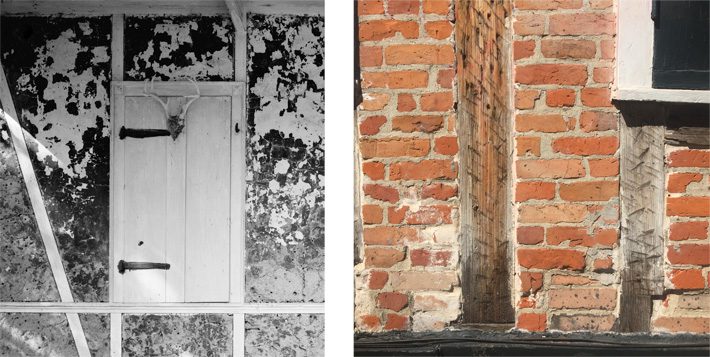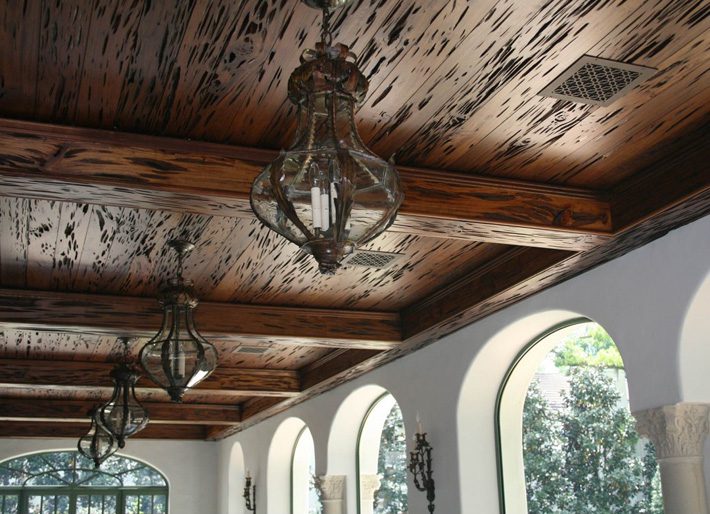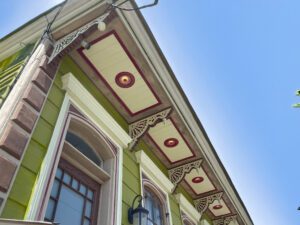When New Orleans was first settled, the region’s swampy landscape was filled with towering old-growth cypress trees. Early builders quickly recognized the value of this durable native wood—and for good reason. Cypress became the go-to material for everything from structural framing to shutters, thanks to its natural resistance to moisture and insects.
Today, many of the city’s historic homes still feature original cypress elements, quietly showcasing the strength and longevity of this exceptional wood. If you’re restoring or maintaining a historic property in New Orleans, understanding cypress wood is key to making informed decisions.
What Makes Cypress Wood So Special?
Old-growth cypress possesses distinct characteristics, most notably its resistance to rot and insects—qualities ideally suited to Louisiana’s humid climate. These preservative properties are a big reason why so many historic homes have retained their original architectural elements for well over a century.
One of the most distinctive forms is sinker cypress. During the peak of cypress logging in the 18th and 19th centuries, many of the densest, most resin-rich logs sank before reaching their destination downriver to sawmills. Preserved for decades or even centuries in anaerobic, mineral-rich waters, these logs develop rich colors and tight, complex grain patterns. Once recovered and milled, sinker cypress offers not only strength and durability but also exceptional visual character. Its sustainable recovery and close match to historic materials make it an ideal choice for restoration and specialty woodwork in New Orleans homes.

Traditional Construction Techniques: Bousillage and Briquette-Entre-Poteaux
During the French and Spanish colonial periods, two traditional construction techniques—bousillage and briquette-entre-poteaux—were prevalent in Louisiana. Both methods used a heavy timber frame made from cypress wood, known as columbage, combined with solid infill materials:
- Bousillage: A mixture of mud, moss, and animal hair packed between heavy timber cypress frames.
- Briquette-entre-poteaux: Brick infill between exposed cypress framing.
Beyond framing, cypress wood was commonly used for doors, window frames and sashes, shutters, trim, and more. Because it was traditionally considered less visually appealing than hardwoods like oak, cypress was typically painted rather than stained or varnished. Many of the original doors and shutters in historic buildings throughout the French Quarter are made of cypress, though layers of paint may conceal the wood beneath.

Protecting and Restoring Historic Cypress Wood Elements
While cypress is durable, but not indestructible. Over time, exposure to weather—especially if finishes have worn away—can lead to deterioration. When restoring original cypress elements, keep these best practices in mind:
- Exterior Finishes: Use breathable, historically appropriate coatings like non-latex paint or pigmented limewash. These protect the wood while allowing it to expand and contract naturally.
- Avoid Clear Finishes: Varnish, sealants, or oil rubs can look beautiful but aren’t recommended for exterior historic wood—they don’t offer the same protective benefits as paint or limewash, and may lead to faster deterioration.
- Repair, Don’t Replace: Preserve as much original material as possible. Modern restoration techniques—like epoxy patching and wood consolidants—allow you to repair damaged areas without losing historic details.
Vulnerabilities and Variation
While old-growth cypress is celebrated for its natural resistance to decay, it isn’t completely immune to damage—especially in today’s more aggressive urban environment. A striking example of the wood’s natural variation is pecky cypress, a form affected by a native fungus (Stereum taxodii) that causes long, irregular voids in the tree’s heartwood. Though this degradation would normally reduce a wood’s structural integrity, pecky cypress is often valued for its unusual, sculptural texture. Once milled, the resulting boards have distinctive channels and grooves that create depth and movement—making it a sought-after material for decorative interiors such as ceilings, cabinetry, and accent paneling.
That said, even the most durable cypress features can be compromised over time. The mid-20th-century introduction of Formosan termites in Louisiana, combined with general environmental wear, has increased the need for vigilant inspection and preventative maintenance. When addressing damage during restoration, it’s best practice to retain as much original material as possible. Modern techniques—such as epoxy consolidants, wood patching, and selective in-kind replacement—allow homeowners and preservationists to stabilize and repair original features while retaining the architectural integrity of the building.

Sustainable Sourcing of Cypress for Restoration
Because old-growth cypress plays a vital role in wetland stability and flood prevention, harvesting it today is discouraged. Younger cypress lacks the durability and appearance of historic wood.
Fortunately, responsibly sourced old-growth cypress is available through reclaimed lumber from demolished structures and recovered sinker cypress logs retrieved from waterways. These sources provide freshly milled lumber with qualities comparable to historic wood.
Additional Resources
Want to learn more about the materials and details that make New Orleans homes so special?
Explore more posts in our Your Historic Home series, where we share expert insights on maintaining and restoring historic New Orleans architecture.




